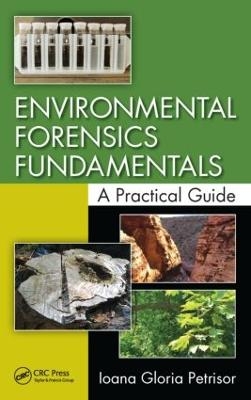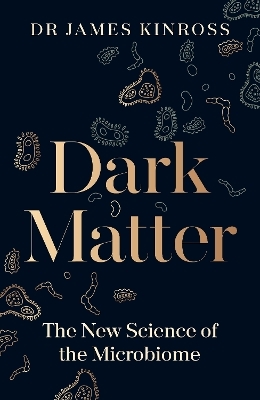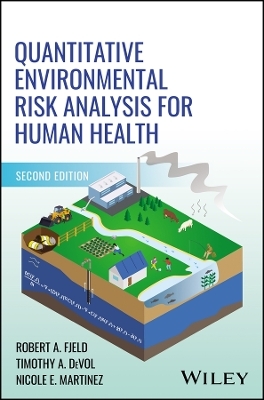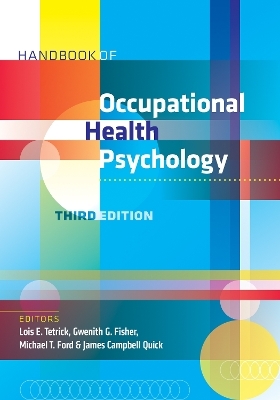
Environmental Forensics Fundamentals
Crc Press Inc (Verlag)
978-1-4665-7158-7 (ISBN)
Releasing contaminants into the environment—whether deliberate or unintentional—can be thought of as a crime against the environment. The role of environmental forensics is to identify and prevent environmental pollution, or crimes. Environmental Forensics Fundamentals: A Practical Guide examines this growing field, and provides environmental professionals looking to specialize in environmental forensics with the materials they need to effectively investigate and solve crimes against the environment.
Pointing the Finger at Environmental Crime
Environmental forensics uses "fingerprinting" techniques in order to assess and analyze contamination sites. Fingerprinting can reveal the source of contamination, as well as how, where, and when the contamination was released. This handy guidebook outlines the proven techniques, applications, and resources needed to efficiently investigate environmental crimes and become successful in this emerging field.
Learn the Basics from a Single Source
Divided into three main parts, the first part of the book examines the role of evidence in forensic investigations and court proceedings. It highlights general forensic concepts and offers guidelines for obtaining defensible evidence. The second part details environmental forensic investigative techniques. It includes a step-by-step guide that enables the reader to apply the techniques in practice. The final section covers strategy building. It presents real case studies, as well as key principles and concepts for strategy building, and addresses the most common challenges faced in environmental forensics.
Environmental Forensics Fundamentals: A Practical Guide
provides information on cutting-edge scientific techniques that investigate the source and age of environmental pollution and solve environmental crimes. It examines the principles behind each main forensic technique. It also offers guidance on what to look for in order to successfully apply the techniques and interpret results. In addition, the author provides relevant sources where more information can be found.
Dr. Ioana G. Petrisor is a biochemist specializing in environmental forensics and litigation support. As an instructor with the AEHS (Association for Environmental Health and Sciences) Foundation and EOS (Environmental, Outreach, and Stewardship) Alliance, she teaches both online and in-class environmental forensic courses. Dr. Petrisor has a PhD in biochemistry (environmental biotechnology) from the Romanian Academy of Sciences and a bachelor’s in chemistry (biochemistry major) from Bucharest University, Romania. She is editor-in-chief of the Environmental Forensics Journal, and has extensive publication experience, including an invention patent, six book chapters, over 70 research and review articles, 12 editorials, and three technical guidelines.
Section I Evidence. Environmental Forensic Evidence. Obtaining Defensible Evidence. Nontesting Techniques: The First Forensic Tools. Fingerprinting Techniques Targeting the Contaminants and/or Associated Compounds. Fingerprinting Techniques Targeting the Contaminants within the Environmental Matrix. Fingerprinting Techniques Targeting Traces Left by Contaminants in the Environment. Section III Challenges and Solutions. Finding the "Needle in the Haystack". When Site Mitigation Leaves Pollution Behind. Neighboring Industrial Sites with Complex Releases of Similar Contaminants. Environmental "Poisoning" Story. Residential Pool Disputes. When All Is Uncertain or Unknown. Forensic Investigation Leading to Scientific Discoveries. When Nothing Else Works. Investigation. Conclusions. Epilogue: What Does the Future Hold? References. SI and US Units of Measure Conversion Chart. Index.
| Zusatzinfo | 36 Tables, black and white; 64 Illustrations, black and white |
|---|---|
| Verlagsort | Bosa Roca |
| Sprache | englisch |
| Maße | 156 x 234 mm |
| Gewicht | 1650 g |
| Themenwelt | Studium ► Querschnittsbereiche ► Klinische Umweltmedizin |
| Naturwissenschaften ► Biologie ► Biochemie | |
| Recht / Steuern ► Strafrecht ► Kriminologie | |
| Technik ► Umwelttechnik / Biotechnologie | |
| ISBN-10 | 1-4665-7158-6 / 1466571586 |
| ISBN-13 | 978-1-4665-7158-7 / 9781466571587 |
| Zustand | Neuware |
| Haben Sie eine Frage zum Produkt? |
aus dem Bereich


